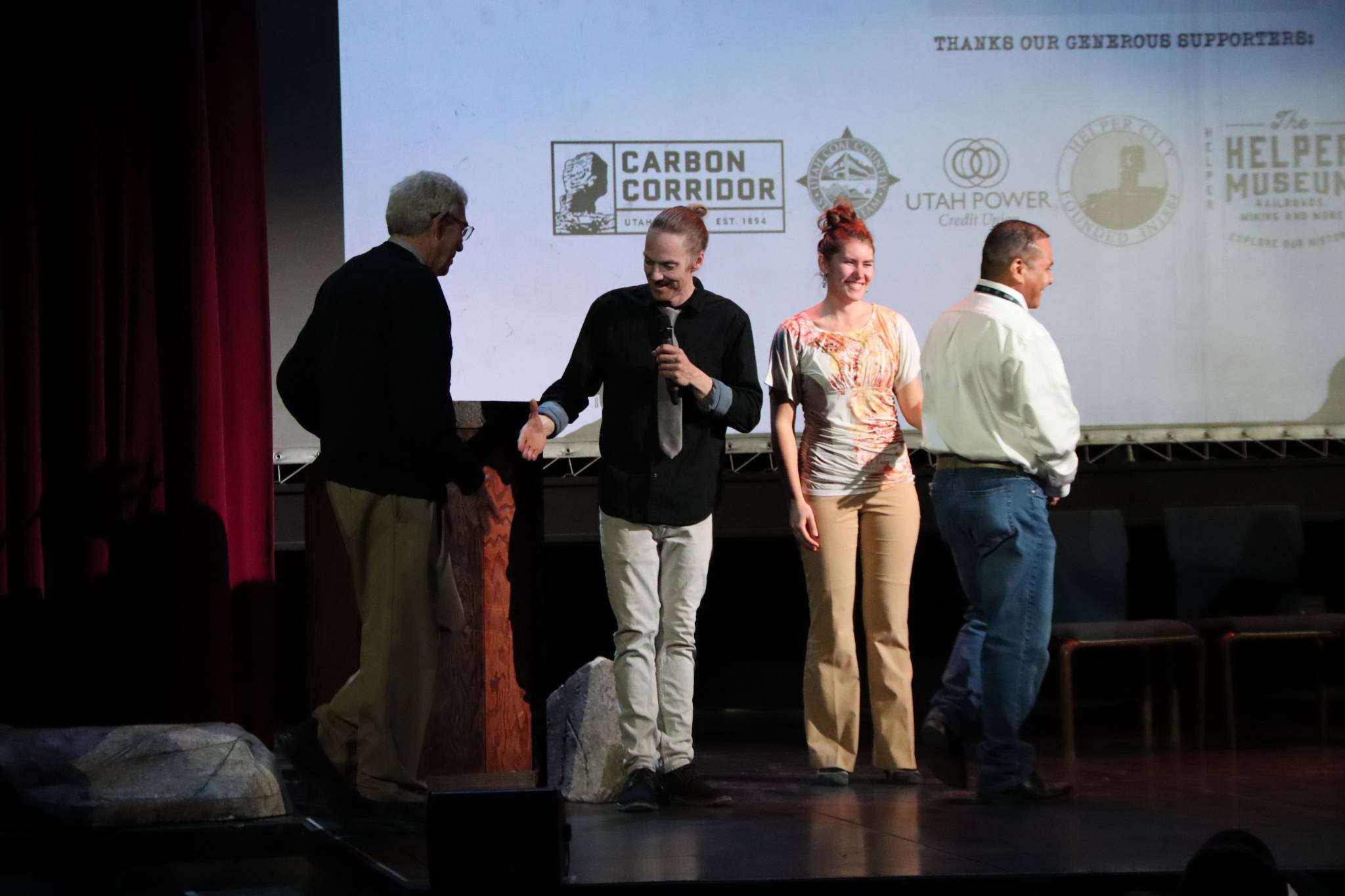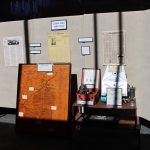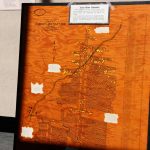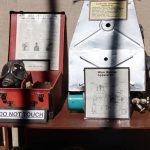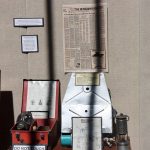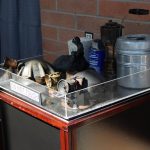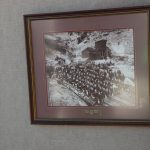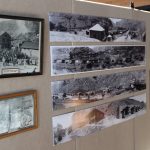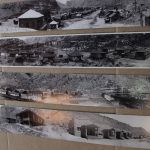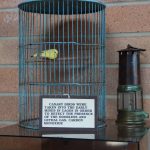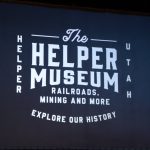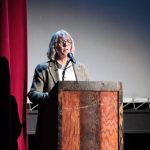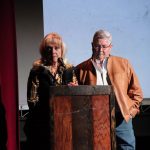The 100th anniversary of the Castle Gate Mine Disaster occurred on Friday, March 8 of 2024. To commemorate the miners that lost their lives in the catastrophic disaster, the Helper Museum teamed up with the Rio Theater for a memorial event.
Upon entering the theater, patrons were able to peruse various items that the museum had collected over the years, such as photographs, mining equipment, newspaper articles, a map of the mine and more.
Those in attendance were then welcomed into the viewing room of the theater, where Helper Mayor Lenise Peterman welcomed all and gave thanks to the many minds behind this remembrance. Some mentioned were the Utah Division of Arts and Museums, Carbon County Tourism, Utah Power Credit Union, the Helper Museum and Executive Director Roman Vega, and Westcoast Show Support.
Mayor Peterman explained that the afternoon was broken down into two short documentaries, each lasting about 15 minutes. The first documentary to be shown was focused on Helper’s historic Main Street, featuring many longtime locals, sharing the community’s dialogue, with the second focusing on the mine disaster.
Before the documentaries were shown, Senator David Hinkins and Representative Christine Watkins were invited to the stage to speak. Hinkins said that he was delighted to share the stage with Rep. Watkins.
He then stated that Carbon County, in its heyday, was one of the richest in the state of Utah, with about 30 coal mines up until around 1976 when that number began to diminish.
Senator Hinkins spoke on the diversity in the Carbon and Emery area, saying it is full of very colorful people. “We’re a blended community and we’re proud of it,” the senator stated.
Hinkins grew up in a mining community and his great grandfather actually resided in Helper, meaning that Senator Hinkins spent a great deal of time in the city and made many friends.
Rep. Watkins moved to Emery County in 1972 and said Castle Gate was at the forefront of focus and conversation at that time, as that was when they were dismantling the city. Rep. Watkins gave some brief history of Castle Gate and the mine before the documentary, explaining that Castle Gate was incorporated as a city in 1914 and was owned and tightly controlled by the Utah Fuel Company, who purchased it from the Denver and Rio Grande Railroad.
Even though Castle Gate was incorporated in 1914, it had been running for quite some time before then. Rep. Watkins said one of the big events took place on April 21 of 1897, when Butch Cassidy held up the company paymaster in broad daylight.
While the first documentary had the crowd in stitches of laughter as they learned about the eccentric ways of Helper past, the second documentary certainly had a more somber tone.
On March 8 of 1924, at approximately 7:30 a.m., over 100 underground workers entered the main corridor at Castle Gate’s number two mine. Nearly an hour later, an explosion ripped through the mine, occurring about 7,000 feet from the mine’s entrance. This trapped more than 100 miners in the underground shafts.
Two more blasts sealed the fate of the men that were underground. At approximately 4 p.m. that same evening, the head of the mine rescue crew, George Wilson, asphyxiated nearly 500 feet from the main entrance while attempting to reach the workers.
Eventually, 172 bodies were recovered from the explosion and rescue attempts. Following a moment of silence for the souls that were lost, the creators of the documentaries and those featured in said documentaries were invited to the stage for a question and answer portion that led to the conclusion of the event.

